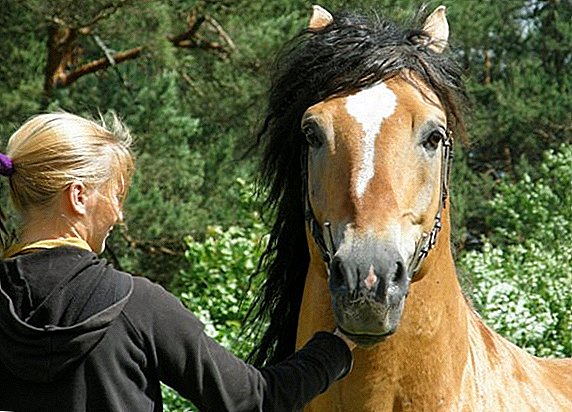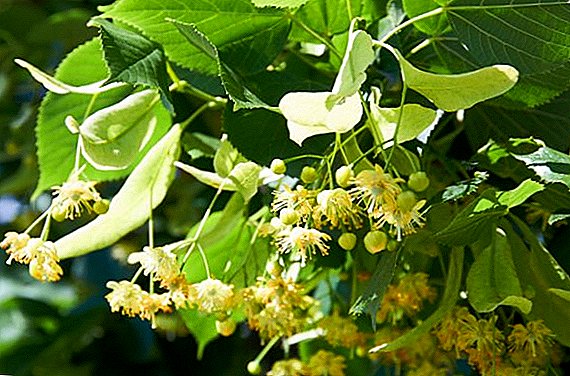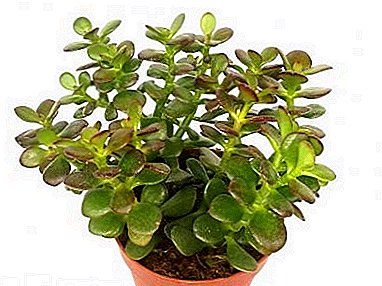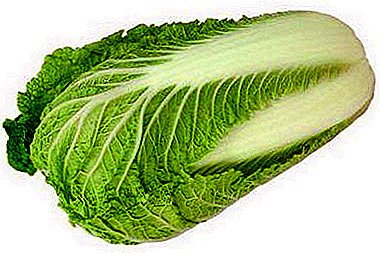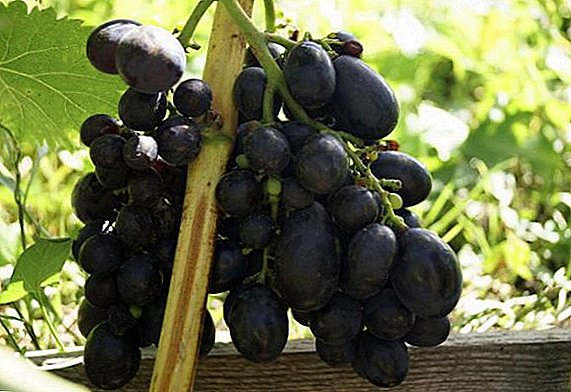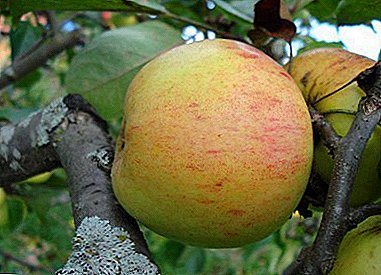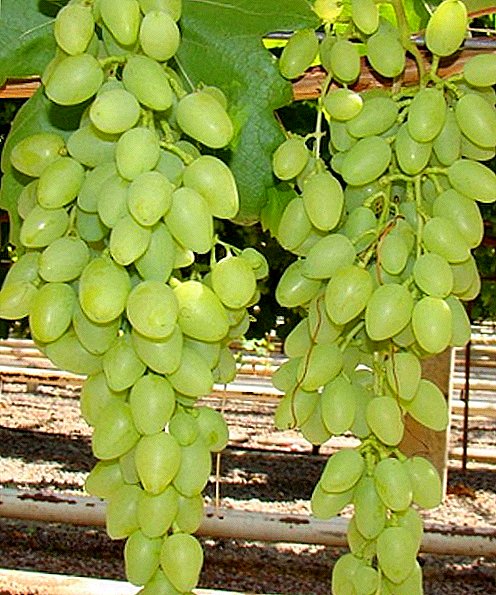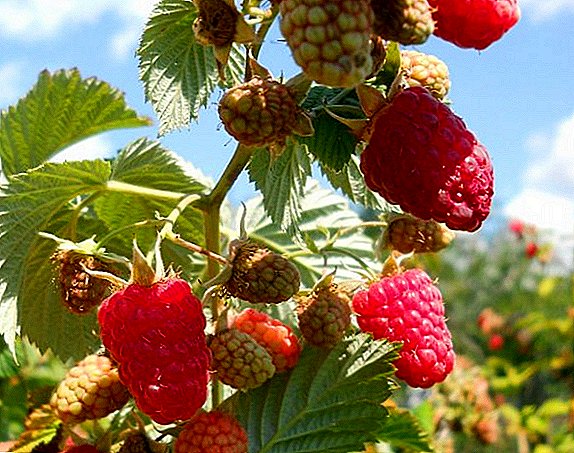 Hussar is a quality and unpretentious raspberry variety that has won recognition among many gardeners. Even with minimal care bushes bring high yields. Raspberry Hussar berries are large, bright, sour-sweet and incredibly aromatic. Let us proceed to the description of the cultivar of raspberry Gusar, as well as learn about the characteristics of planting and caring for this crop.
Hussar is a quality and unpretentious raspberry variety that has won recognition among many gardeners. Even with minimal care bushes bring high yields. Raspberry Hussar berries are large, bright, sour-sweet and incredibly aromatic. Let us proceed to the description of the cultivar of raspberry Gusar, as well as learn about the characteristics of planting and caring for this crop.
History of breeding raspberry varieties Gusar
The history of the variety Gusar begins in 1979. The famous Soviet breeder I. V. Kazakov was engaged in breeding this raspberry variety. The hussar is a part of Kazakov's "golden varieties" collection. Professor Kazakov has been cultivating various raspberry varieties for over 40 years. He made a significant contribution to the creation of the Soviet varieties of remontany raspberries (groups of large-fruited varieties characterized by the ability to produce crops twice a year). This group also includes the Hussar variety. Mass production of raspberry Gusar began in 1999.
Characteristic raspberry hussar
This crop is characterized by high yield. Raspberry bush Hussar reaches a height of 2.7 meters. From one bush usually 6-6.5 kg of raspberries are collected. In the third year, the number of shoots increases significantly. Powerful shoots, upright stems. Bushes sparse, sprawling. 
Root growth is not numerous, a maximum of 8-10 root saplings leaves from one rhizome. Raspberry leaves are large, wrinkled, dark green. In terms of ripening berries raspberries is medium. Fruits of raspberry Hussar large size, pleasant sweet taste, red berries. The shape of the fruit is elongated and obtuse.
The chemical composition of berries:
- sugar (fructose and glucose) - up to 10.9%;
- organic acids - 1.8%;
- ascorbic acid - up to 27.4 mg /%.
Did you know? Vitamins A, B2, E and PP, contained in raspberry Hussar, improve the condition of our skin: rejuvenate, level and refresh. A great solution would be a face mask of raspberry. In alternative medicine, berries and leaves are used as a febrifuge for ARD.
Pros and cons varieties
The big advantage is the high drought tolerance of raspberry hussar. The stems and leaves of the shrub are covered with a thin wax layer that protects the plant from drying out and other harmful effects of the environment.
Raspberry Hussar is an unusually hardy variety, it is resistant to low temperatures, fungal diseases and major pests. This plant is not attractive for insects, which is also a huge plus. 
The raspberry bush Hussar has practically no thorns. Small spines are located only in the lower parts of the stems. This allows you to care for the bushes and collect the fruit without the risk of injury. However, the main advantage of the variety, as already noted, is its high yield.
Among the minuses are the following features:
- The berries of this variety are quite soft, why they can not be stored for too long.
- Fruits are characterized by medium or even low transportability, therefore, when trying to transfer raspberry berries to Hussar, the entire crop can deteriorate.
- Raspberry Hussar requires a large area under its landing.
How to choose young seedlings when buying
The correct seedling should have one shoot. The thickness of the escape at the base should be no more than one centimeter. The upper part of the stem is not longer than 45 cm, and the rhizome is not shorter than 15 cm.
Important! Seedlings that have already fully opened leaves, do not take root in the garden. Such seedlings will be sick for a long time and die.
 The choice of seedlings raspberries Hussars must be approached with the utmost seriousness.
The choice of seedlings raspberries Hussars must be approached with the utmost seriousness.Buy plants only in specialized and proven garden stores.
Otherwise, you can stumble upon poor quality planting material and not wait for the stated advantages of this variety.
If the copy does not correspond to the external varietal characteristics or looks weak and unviable, it is better to refuse the acquisition.
Site selection and soil requirements
Raspberry is quite unpretentious in growing. However, yields can be significantly increased if certain rules are followed. First you need to correctly pick a place for growing raspberries Hussar.
The selected area should be well lit, as in the shade of the shrub will develop thin and weak shoots. Try to pick a plot with a flat surface or with a minimum slope. Groundwater should not be too close to the site. Raspberries do not tolerate overmoistened soil.
Next you need to take care of the qualitative composition of the soil. The soil should be light, fertile, with good aeration. Soil acidity should not exceed pH 6.
The process of planting raspberry seedlings Hussar
Recommended dates for planting raspberries: from early spring (before bud germination) and before the onset of cold weather (until mid-October).
So, proceed to the direct planting of seedlings. At a distance of 30-40 cm we dig out small landing pits (40 x 40 x 50 cm). The distance between the rows of plants should be 2 meters. Under each seedling need to lay half the compost. For this purpose, it is better to dig a hole 10 cm deeper. To root buds do not rot, try not to bury the seedlings much in the ground. 
Care and cultivation raspberry cultivation Hussar
Raspberry Hussar after a safe landing requires proper care. We will discuss the basic conditions necessary for the cultivation of raspberry hussar. With proper care, you can harvest a rich harvest of these wonderful berries.
Watering and mulching the soil
Watering raspberry seedlings is made at the rate of - a bucket of water for every 3 bushes. Raspberries - moisture-loving plant. If the seedlings were planted in the spring, then during the first 15 days the bushes will need to be watered regularly. Regular watering is especially important in dry summer. However, so that the earth is not sour, and the roots of the plant are not rotting, it is not necessary to flood the bushes.
Further, the soil under the bushes requires mulching. Thanks to mulching, the rhizome rhizome gets additional nutrition, it becomes more powerful. Thus, the plant itself takes root more qualitatively. The land is usually covered with ready-made compost, humus, straw, or manure. You can also use a mixture of peat and humus. The layer of mulch should be about 5 cm.
Fertilization
The best feeding for raspberry bushes is wood ash, as well as mineral and organic fertilizers. Top dressing is desirable to produce in the fall. 
Important! The soil for the raspberry Gusar should be supplied with fertilizers six weeks before planting. This applies to both spring and autumn.Fruit hive raspberry bush Hussar begins a year after planting. All berries ripen almost within one month. In the garden raspberry Hussar berries ripening time falls on July. Fruit picking may continue until August (depending on the region).
Garter to the support
Raspberry hussar stalks are very powerful and durable, so this variety can be grown without trellis. However, often during the fruiting of the shrub significantly increases the mass of berries and their number on each branch. In this case, the raspberry needs the use of a trellis. The garter will support the shoots so that they do not break under the weight of the fruit.
There are two ways to garter: tapestry and fan.
Fan garter - The most common way is to drive the wood on both sides of the bush. At these heights, at different heights, they tie a part of the branches of one bush and a part of the stems of a neighboring one — a kind of fan is formed. 
Trellis garter as follows: around the perimeter of the bush, they drive in pegs, between which they stretch several rows of rope or wire. Young seedlings are tied to the same row of rope. As the shrub grows, the number of rows of the rope increases.

Correct pruning
To shorten the fruiting shoots and remove unwanted root shoots, raspberries Hussar needs pruning. Thanks to this procedure, the plant will not spend its energy on the growth and nutrition of additional branches. The first pruning is carried out in mid-May, the next - in June. Upon reaching the bush height of 1.5 meters shoots pruned to a level of 1 meter. Then, in July, only side shoots are removed without cutting off the tops. Root growth is removed with a secateur or spade to a depth of at least 5 cm.
Winter raspberry
Winter hardiness raspberry Hussar high. Successful wintering of any raspberry variety depends largely on trimming, shelter and mulch. Therefore, despite the fact that the Hussar is considered to be frost-resistant variety, it is necessary to protect the root system of the bushes. Otherwise, after the onset of cold rhizome may suffer, and the raspberry will die.
Did you know? The fruits of raspberry hussar are universal in their application. Berries are used both fresh, and in the form of jam, jam, jelly, compote. To preserve more vitamins, fresh berries are better just to grind with sugar. The main rule: sugar should be 2-3 times more than berries. Leaves useful berries can be a substitute for tea. The leaves are crushed with their hands so that they excrete the juice and turn black, then dry. Before use, dried leaves pour boiling water.Today, the raspberry variety Gusar has many admirers. Malinnik will be a worthy decoration and your summer cottage. You will certainly be pleased and inspired by the high yield of raspberry Hussar.



